Chemical and Biological Properties of Phenolics in Wine: Analytical Determinations and Health Benefits
Revista : Current Organic ChemistryVolumen : 21
Número : 4
Páginas : 357-367
Tipo de publicación : ISI Ir a publicación
Abstract
Since the early 1990s, a meaningful number of reports have been published supporting the idea that wines, es`specially reds, encompass a series of bioactive compounds, mainly phenolic compounds, which could bring health benefits if consumed with moderation. Beyond any other alcoholic beverage, the beneficial health effect of moderate wine consumption became noteworthy after the «French Paradox» was avowed. Besides similar intake patterns of saturated fatty acids, CVD incident rates were much lower in France than in the rest of Europe; a situation that was attributed to a type of diet that involves the consumption of large amounts of vegetables, fruits , olive oil, and red wine («the Mediterranean diet»).Based on the above, this drink is a key component of the Mediterranean diet, associated with a lower incidence of cardiovascular diseases, some forms of cancer, and other disorders related with oxidative stress. In this paper, we review and discuss the main benefits attributed to its moderate consumption, examine the phenolics composition, the chemical characteristics of its major antioxidant components, and their relationship with its biological activity. we also summarize then main methodologies used for their identification and quantification, and the measurements of antioxidant activity.




 English
English
